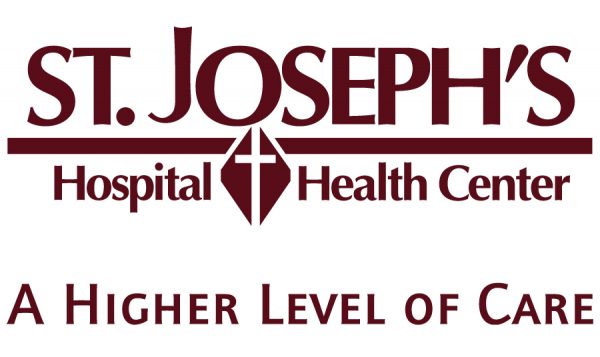Patient Reports & Imaging
We offer advanced digital tools to improve communication. As the first facility in Central New York to implement PACS, we efficiently read, store, and share imaging studies across multiple locations. We can automatically send reports to referring offices via auto-fax as soon as the radiologist approves them. Patient images are available on CD, and we can mail them directly to your office—no return necessary. St. Joseph’s Imaging’s iConnect platform allows medical offices to access verified reports and prior studies online in real time. Further details about these services are provided below.
St. Joseph’s Imaging will accommodate your emergency cases, and you will know your results today.
SJI was the first facility in Central New York to utilize a Picture Archival Communication System (PACS). This digital system benefited our patients in many ways. It allowed us to read exams on computer monitors, archive those exams on a computer server and read the images from multiple locations.
You can have even faster results! We can deliver your reports via ‘auto-fax’ immediately after the radiologist approves them. Our system will automatically fax your report to your office eliminating waiting for traditional mail to arrive.
We are able to burn images on a CD for your patients to bring with them, or we can mail them directly to your office. You do not need to return these, and you can add them to your permanent patient records.
St. Joseph’s Imaging is also utilizing a website called iConnect. This free website allows your office to view reports and images as they are verified, as well as priors of patients that have been seen at St. Joseph’s Imaging.
To sign up for iConnect, please download and fill out a confidentiality agreement. Then, fax the agreement to 315-452-2559 or email to [email protected].
Technical Problems or Questions?
Please contact our IT support at (315) 452-2555 x 4813 or [email protected]
Breast Cancer Guidelines
High Risk Factors
High Risk Factors for Breast Cancer (American Cancer Society)
- Patients with a known BRCA mutation.
- First degree relatives of a BRCA carrier, but untested.
- Patients with >20% lifetime risk (Gail model risk calculator).
- Patients with radiation to chest between ages 10-30 yrs.
- Patients with Li-Fraumeni, Cowden and Bannayan-Riley-Ruvalcaba syndromes and first degree relatives.
Imaging Guidelines for High Risk Patients
- Annual screening digital mammography.
- Annual screening MRI. · Recommend alternating at 6 month intervals to maximize earliest detection of cancer.
- Per the American Cancer Society, imaging should begin at age 30 and continue for as long as patient is in good health.
Moderate Risk Factors
Moderate Risk Factors for Breast Cancer (American Cancer Society)
- Patients with 15-20% lifetime risk (Gail model risk calculator).
- Personal history of breast cancer, DCIS, LCIS and abnormal breast cell changes such as ADH and ALH.
- Patients with extremely dense breasts on mammography. (Category D)
Imaging Guidelines for Moderate Risk Patients
The ACS now recommends that women at moderate increased risk of breast cancer, 15-20%, talk with their doctors about the possibility of adding breast MRI to their yearly screening. This includes women with a personal history of breast cancer, DCIS, LCIS, atypia (ADH & ALH) and women with extremely dense breasts.
- Annual screening digital mammography.
- Consider adding annual screening MRI.
- Recommend alternating at 6 month intervals to maximize earliest detection of cancer.
- If annual screening MRI is not performed, recommend annual screening US.
- Imaging should begin at age 40 and continue for as long as patient is in good health
Low Risk Factors
Low Risk Factors for Breast Cancer (American Cancer Society)
- Patients with less than 15% lifetime risk (Gail model risk calculator).
Imaging Guidelines for Low Risk Patients
- For those patients with heterogeneously dense breasts on mammography (Category C), annual screening mammography and consideration of adding annual screening US is recommended.
- For those patients with predominantly fatty breasts on mammography (Category A) or with scattered fibroglandular densities on mammography (Category B), annual screening mammography is recommended.
- Imaging should begin at age 40 and continue for as long as patient is in good health.
Questions?
Please contact Kim Olrich at (315) 329-7555


